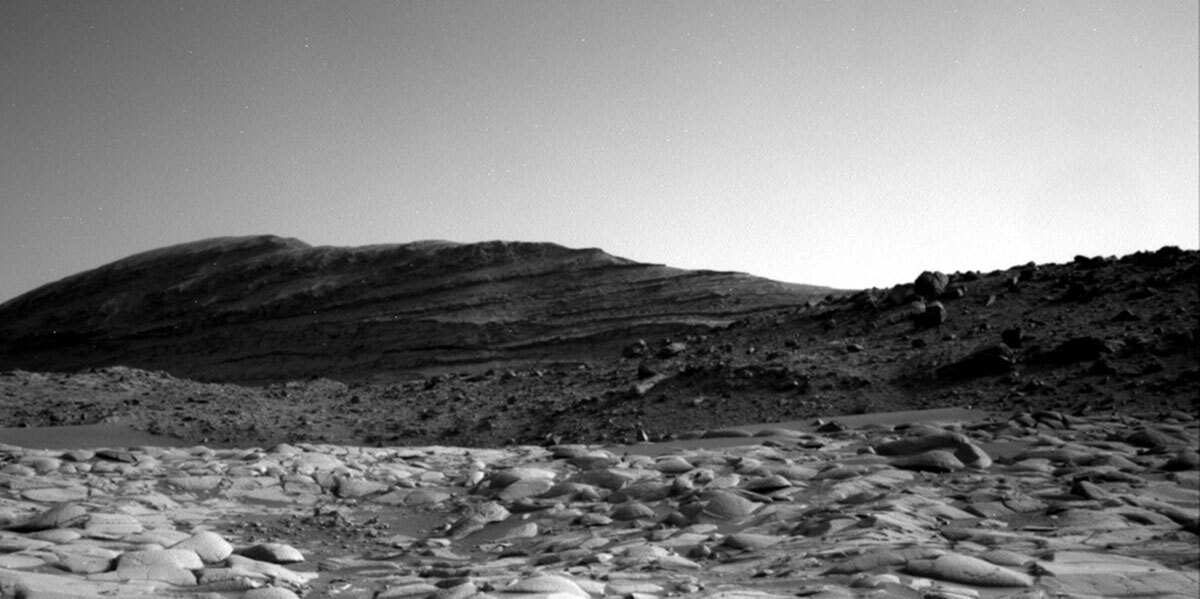2 min read

Earth planning date: January 29, 2023
Curiosity is continuing to climb — our weekend drive delivered us to a new location with lots new to see for today’s two sol plan. This includes views of the upper Gediz Vallis Ridge that we haven’t been able to see before, and a brand new workspace right in front of us to explore before we drive off on the second sol.
We’re taking full advantage of the new view that our location affords us with a lot of contact science on the first sol. We’ll use the dust removal tool on both "June Lake" and "Martha Lake", two targets on the same block that will be investigated by MAHLI and APXS. MAHLI will also be examining "Deerhorn Mountain", a dark feature that may be embedded in the same block. ChemCam is also getting in on the up-close science with LIBS on "June Lake", and the slightly further afield "Sky Blue Lake", a fractured rock.
Further afield, Mastcam and ChemCam are both capturing mosaics of the upper Gediz Vallis Ridge, continuing to fill in our picture of this feature that we’ve been alongside for so long. From reading through these updates, it may sound like we’re imaging the Gediz Vallis Ridge almost every sol, but it’s a huge feature and as we continue alongside it there’s always more to see, including this new perspective we got today. Mastcam also has a couple more mosaics closer by — on the ChemCam LIBS target "Sky Blue Lake" and "Tokopah Falls", a bedrock in the midground with a raised vein.
As Deborah said on Friday, we’ve crossed the threshold into the time of year where we’ve seen global dust storms, the environmental theme group is keeping an eye on the dust situation. We have a few tools to help us with this — in today’s plan this includes a 360 degree dust devil survey, two line-of-sight observations looking at the amount of dust in the crater, and a tau looking at the total amount of dust in the atmospheric column. We’re also getting a suprahorizon movie, which is normally used for clouds but has been known to catch dust movement too.
Written by Alex Innanen, Atmospheric Scientist at York University







